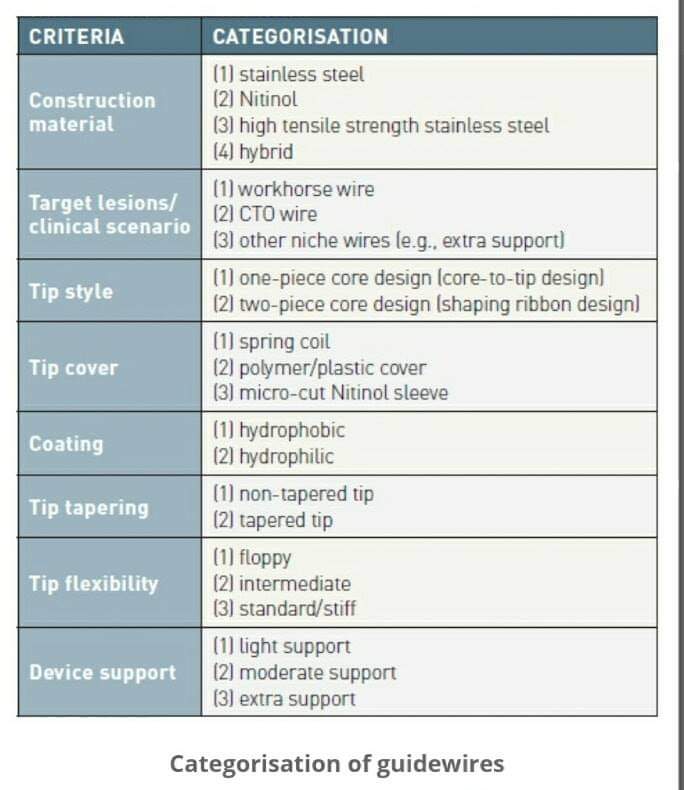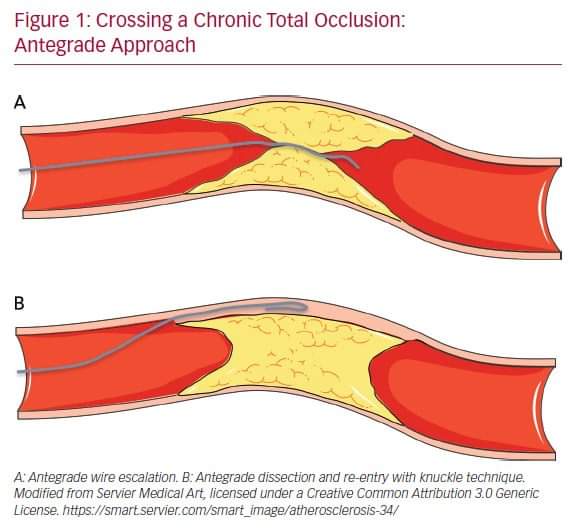
RCA Views;#Intervention
First keep in mind RCA Portions .
RCA appears as Letter "C"
Proximal RCA ..R1
Middle RCA......R2
Distal RCA ..R3
Distal RCA divides into PLV & PDA branches
First keep in mind RCA Portions .
RCA appears as Letter "C"
Proximal RCA ..R1
Middle RCA......R2
Distal RCA ..R3
Distal RCA divides into PLV & PDA branches

Sequence of 3 views are used .
1.LAO Straight 30°. ( Best for Proximal Portion .R1)
RCA appears as Letter "C"
2.AP Cranial 15° with 5° - 10 LAO angulation
( Distal RCA R3 ,Bifurcation portion )
3.RAO Straight 30°.(Middle Portion .R2)
RCA appears as Letter "L"
@ACCinTouch
1.LAO Straight 30°. ( Best for Proximal Portion .R1)
RCA appears as Letter "C"
2.AP Cranial 15° with 5° - 10 LAO angulation
( Distal RCA R3 ,Bifurcation portion )
3.RAO Straight 30°.(Middle Portion .R2)
RCA appears as Letter "L"
@ACCinTouch
• • •
Missing some Tweet in this thread? You can try to
force a refresh











